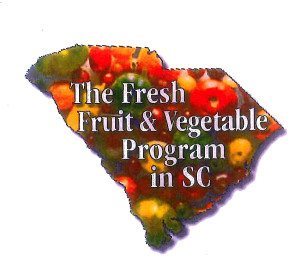By Betsy Finklea
Dillon District Four is participating in programs that have dramatically impacted school meals for its students.

Through the CEP (Community Eligibility Provision), the district is offering free, nutritious meals – both breakfast and lunch – to all of its students regardless of income. CEP reduces food insecurity by making sure all students have the opportunity to have a free healthy breakfast and lunch, according to Dawn Bailey, District Four Food Service Supervisor. Students are not categorized as free, reduced, or full pay. CEP has eliminated a great deal of paperwork associated with this as well. The program was piloted in other states first and was successful.
Bailey said for the past two years, the district has been offering a free breakfast to all students in grades K-12 in their classroom as part of Breakfast in the Classroom. Students do not have to participate if they do not wish to do so.
The State department wanted District Four to try the CEP program. Bailey said Superintendent Ray Rogers was immediately behind it when he learned that all students would have access to free breakfast and free lunch. She said he thought it was a “great opportunity” for the kids with the poverty level in the district. The district introduced CEP last school year.
The latest program they have begun participating in at all of their elementary schools is the Fresh Fruit and Vegetable Program. Two days a week, the students receive healthy and nutritious snacks that consist of fresh fruits and vegetables. Students are exposed to fruits and vegetables that they might not normally have an opportunity to eat such as pineapple, mango, kiwi, and jicama.
The pre-packaged fruits and vegetables are offered only twice a week due to funding. Doing this twice a week enables the district to offer the program the entire year.
Due to their participation in CEP, Bailey said the belt on the regulations has been loosened, and they have a little more flexibility.
In March, they began preparing for this year’s school menus. They did taste-testing to see what students liked. They did things like re-vamp the pre-made spaghetti sauce and worked to make meals tastier. Now, the complaints are not about taste, they are about having more food on the plate. While the first tray is free, students do have the option to purchase additional trays.
They also have cart sales through the Smart Snack Program. Items have labeling the students recognize, but items such as chips are baked or whole grain.
Bailey said the community has been open to what they are doing. Some parents have even started feeding their children some of the same foods at home such as whole grain bread, etc. By eating some of the same things at home, students are more used to what they are being served at school. Younger children have also made an easier adjustment.
Bailey said she and her staff are proud of what they are doing in providing healthy school meals and snacks. The real beneficiaries, however, are the students.



